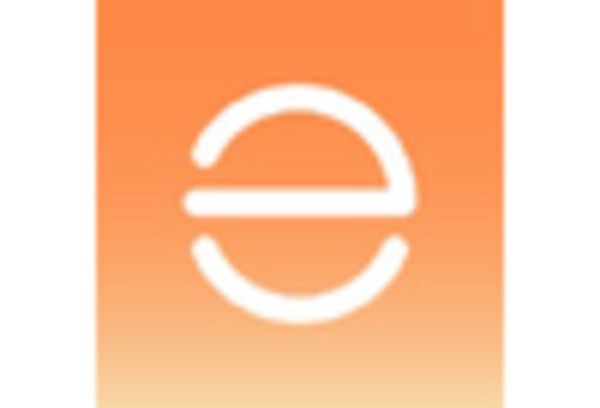Rising Energy Costs and Economic Pressures
The escalating costs of traditional energy sources are prompting businesses and consumers to explore alternative energy solutions, thereby influencing the remote renewable-management-systems market. As fossil fuel prices fluctuate, the economic viability of renewable energy becomes increasingly attractive. The U.S. Energy Information Administration indicates that renewable energy sources can provide cost savings of up to 25% compared to conventional energy sources. This economic pressure encourages the adoption of remote management systems that can optimize energy usage and reduce operational costs. As energy prices continue to rise, the demand for efficient renewable energy management solutions is likely to increase.
Growing Demand for Sustainable Energy Solutions
The increasing awareness of climate change and the need for sustainable energy solutions drive the remote renewable-management-systems market. Consumers and businesses alike are seeking ways to reduce their carbon footprint, leading to a surge in demand for renewable energy sources. According to the U.S. Energy Information Administration, renewable energy consumption in the U.S. is projected to grow by approximately 20% by 2025. This shift towards sustainability encourages the adoption of remote management systems that optimize energy use and enhance efficiency. As organizations strive to meet sustainability goals, the remote renewable-management-systems market is likely to experience significant growth, as these systems provide the necessary tools to monitor and manage renewable energy resources effectively.
Technological Advancements in Energy Management
Technological innovations play a crucial role in shaping the remote renewable-management-systems market. The development of advanced software and hardware solutions enables more efficient monitoring and control of renewable energy systems. For instance, the integration of artificial intelligence and machine learning algorithms allows for predictive analytics, optimizing energy production and consumption. The U.S. Department of Energy has reported that smart grid technologies can enhance energy efficiency by up to 30%. As these technologies continue to evolve, they are expected to drive the adoption of remote management systems, facilitating better decision-making and resource allocation in the renewable energy sector.
Regulatory Frameworks Promoting Renewable Energy
The establishment of regulatory frameworks that promote renewable energy adoption is a key driver of the remote renewable-management-systems market. Federal and state policies are increasingly favoring renewable energy initiatives, providing incentives for businesses and consumers to invest in these technologies. For example, tax credits and grants for renewable energy projects have been instrumental in driving market growth. The U.S. government aims to achieve a 50% reduction in greenhouse gas emissions by 2030, which necessitates the widespread adoption of renewable energy solutions. As regulations evolve, the remote renewable-management-systems market is expected to benefit from increased demand for compliant and efficient energy management solutions.
Increased Investment in Renewable Energy Infrastructure
Investment in renewable energy infrastructure is a significant driver of the remote renewable-management-systems market. The U.S. government and private sector are channeling substantial funds into renewable energy projects, with investments reaching over $50 billion in 2025 alone. This influx of capital supports the development of advanced management systems that can handle the complexities of diverse energy sources. As more renewable energy projects come online, the need for effective management solutions becomes paramount. Consequently, the remote renewable-management-systems market is poised for growth, as stakeholders seek to maximize the efficiency and reliability of their energy assets.

















Leave a Comment